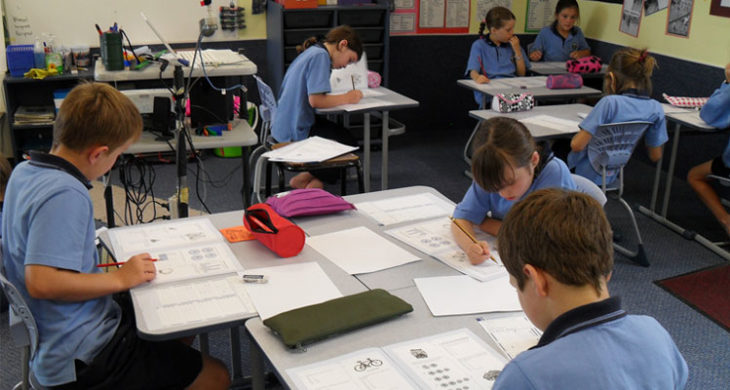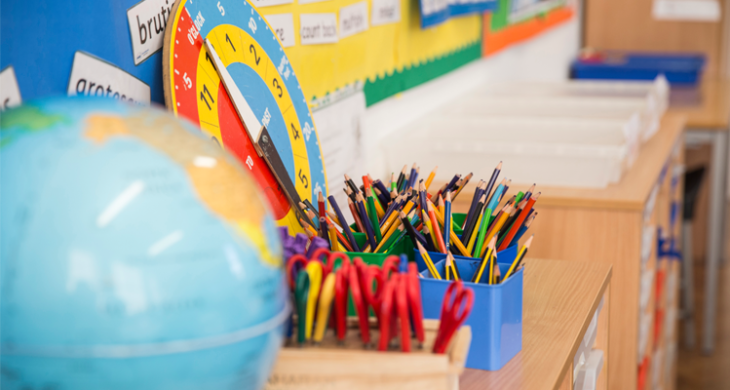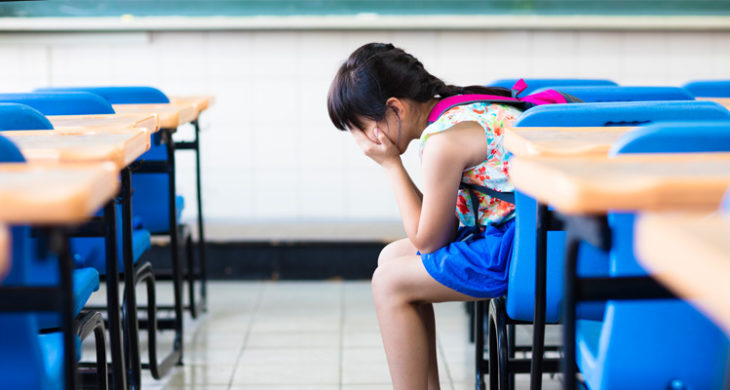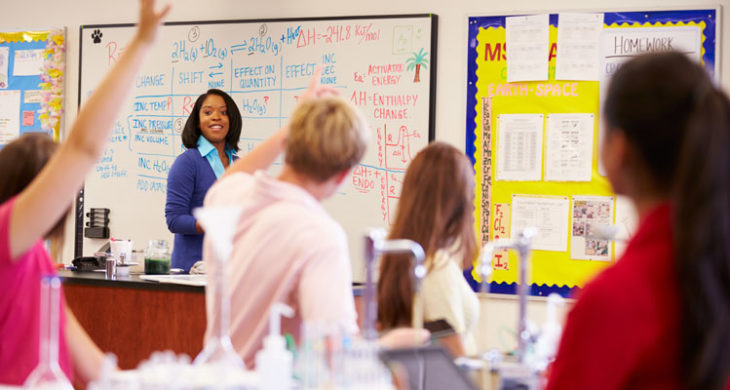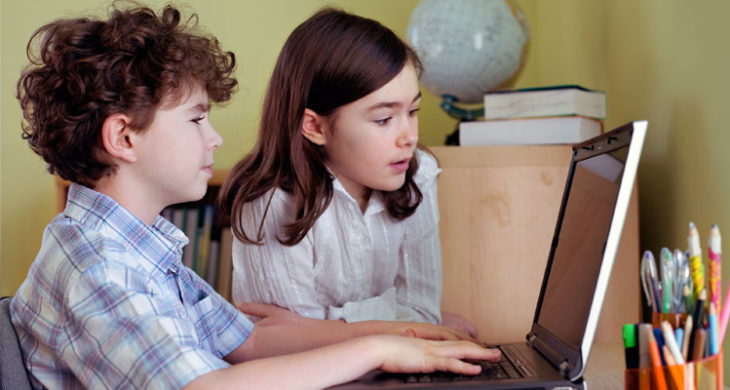A new study from The Research Alliance for New York City Schools shows that learning environments play a significant role in student success. Most educators have suspected this for decades, and now they have evidence showing that schools can potentially lift student achievement by improving their learning environments.
The Influence of the Learning Environment on Student Success
It makes sense that students would do better when they learn in positive environments. After all, most people would agree that some environments are more conducive to learning and academic performance. A student taking a test in a quiet, peaceful room will almost certainly do better than a student taking the same test in a loud, chaotic room.
Just because something makes sense, however, doesn’t mean that educators and policymakers have the information they need to make better decisions that will help students reach their goals. Now that this study has revealed how certain factors affect students, educators can begin making changes that will improve learning environments.
The study also shows how much influence environments have on student success. Its findings show that students who learn in positive environments effectively receive a month and a half more math instruction than those in poor learning environments.
The same research paper shows that positive learning environments can lower teacher turnover by 25 percent. This is significant because teacher turnover has been linked to increased costs and poor student achievement. Schools that provide better environments, in other words, could potentially reach higher levels of success while spending less money.
Factors That Support Student Success
Researchers have to consider a lot of variables when measuring the effect of learning environments on students. This study focuses on several key factors, including:
- Safety and order
- Teacher relationships and collaboration
- Academic expectations
- Leadership and professional development
Students who attend safe schools where they are expected to form positive relationships with their teachers and peers have a notable advantage over students who attend schools without these beneficial traits.
Hopefully this new research will encourage more educators and policymakers to reconsider the importance of school environments. Unfortunately, there aren’t easy solutions to solving preexisting problems. Simply knowing what factors matter most, however, should make it easier for schools to adopt positive changes.
What Parents Can Do
In the meantime, parents can use this information to build better learning environments at home. For instance, parents may find that their children perform better academically when their homes provide:
- Quiet, organized spaces for studying
- Higher academic expectations
- Opportunities to explore new subjects and meet new people
Online learning can also offer an effective environment that encourages better academic performance. When students learn online, they don’t have to worry about classroom distractions. It only takes one disruptive child to cause a problem for an entire class of students—something online learners don’t have to contend with.
K12 provides a wide range of online learning opportunities for public and private school students. Its extensive catalog includes more than 240 courses in subjects such as math, science, social studies, and language arts. Online schools and classes give parents more control over how their children learn, making online education a great alternative for students who have difficulty reaching their potential in their current schools.
,
